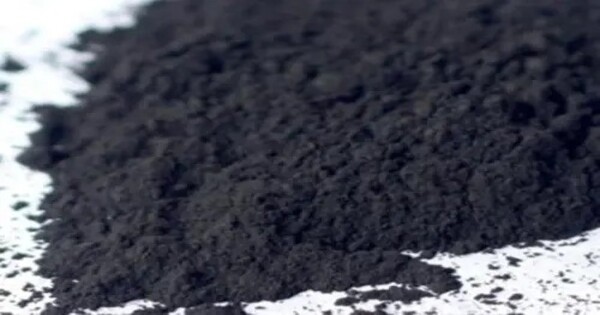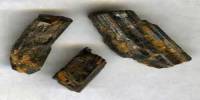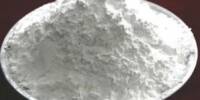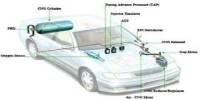Niobium dioxide is a chemical compound with the formula NbO2. It is a bluish-black non-stoichiometric solid whose composition ranges from NbO1.94 to NbO2.09. It can be produced by reducing Nb2O5 with H2 at 800-1350 °C. An alternate method is to react Nb2O5 with Nb powder at 1100°C.
At room temperature, NbO2 forms a tetragonal, rutile-like structure with short Nb-Nb distances, showing Nb-Nb bonding. The high-temperature version likewise exhibits a rutile-like structure with close Nb-Nb spacing. Two high-pressure phases have been identified: one with a rutile-like structure (again, with small Nb-Nb distances) and a higher pressure with a baddeleyite-like structure.
Niobium dioxide is used in various advanced technologies. It has potential applications in areas like electronics, catalysis, and materials science. For instance, its conductive properties make it useful in certain types of sensors and electronic devices.
Properties
NbO2 is insoluble in water and is a powerful reducing agent, reducing carbon dioxide to carbon and sulfur dioxide to sulfur. In an industrial process for the production of niobium metal, NbO2 is produced as an intermediate, by the hydrogen reduction of Nb2O5. The NbO2 is subsequently reacted with magnesium vapor to produce niobium metal.
NbO₂ is a metallic oxide with good electrical conductivity. It has a high melting point and is typically a dark-colored solid. It has a partially filled d-band, which contributes to its metallic properties. Its electronic structure allows it to act as a good conductor of electricity.
- Chemical formula: NbO2
- Molar mass: 124.91 g/mol
- Appearance: bluish black solid
- Melting point: 1,915 °C (3,479 °F; 2,188 K)
- Crystal structure: Tetragonal, tI96
Synthesis and Stability
NbO₂ can be synthesized through various methods, including chemical reduction of niobium pentoxide (Nb₂O₅) or other niobium compounds. It is relatively stable under standard conditions but can be reactive at higher temperatures or in certain chemical environments.
Applications
- Electronics: Due to its electrical conductivity, NbO₂ can be used in electronic devices, including resistors and capacitors.
- Catalysis: It has potential applications as a catalyst in chemical reactions due to its ability to facilitate redox processes.
















